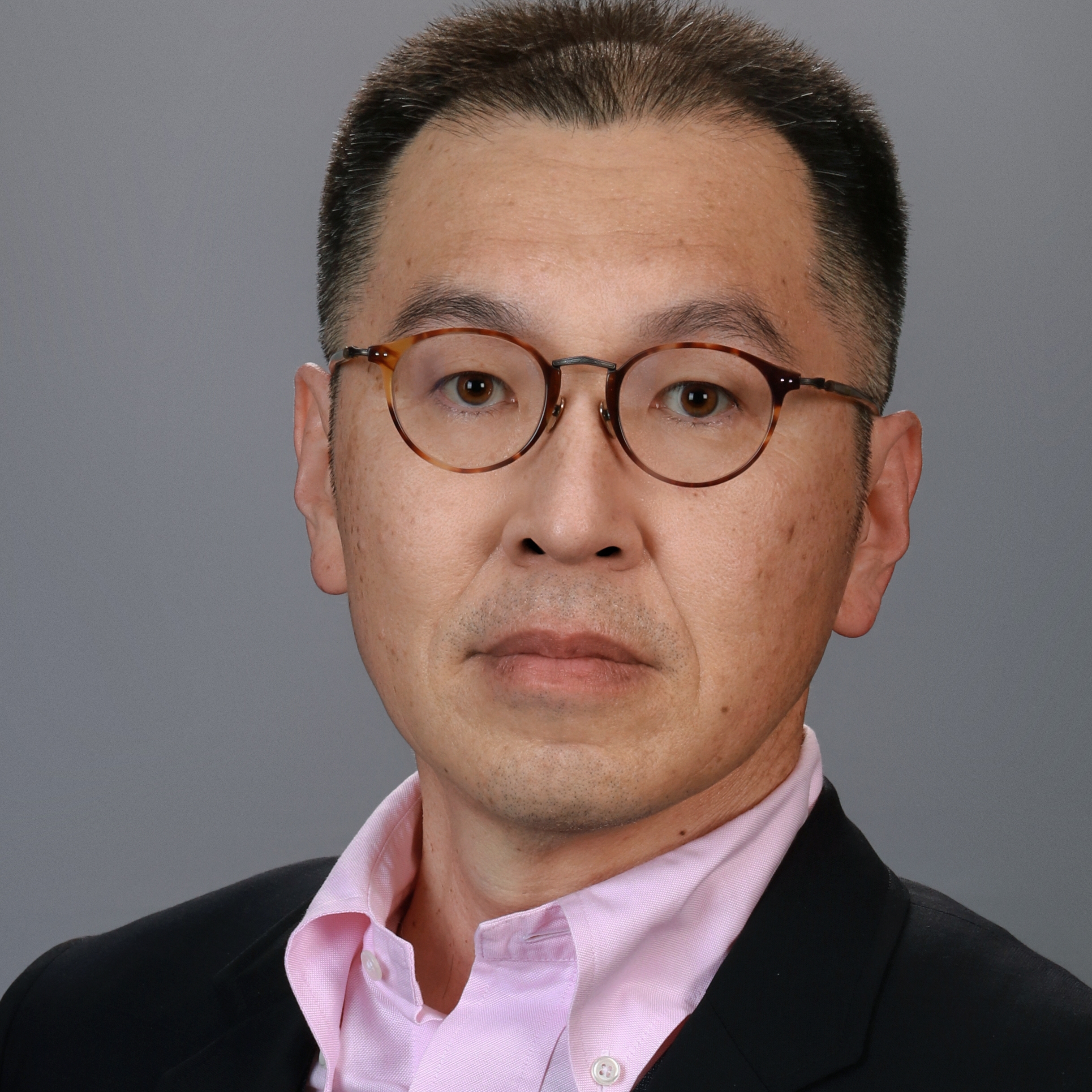Mitsuhiro Murayama

Site Director, Virginia Tech National Center for Earth and Environmental Nanotechnology Infrastructure (NanoEarth), a member of NSF National Nanotechnology Coordinated Infrastructure (NNCI)
Electron Microscopy Project Lead, ICTAS Nanoscale Characterization and Fabrication Laboratory (NCFL)
Joint Appointment, Chief Scientist, Structural Materials and Characterization Group, Reactor Materials and Mechanical Design Group, Energy and Environmental Directorate, Pacific Northwest National Lab, Richland, WA
Joint Appointment, Professor, Division of Integrated Materials, Institute for Materials Chemistry and Engineering, Kyushu University, Fukuoka, Japan
Google Scholar, ORCiD, Linkedin
Research Interests:
From its inception nearly a century ago, transmission electron microscopy (TEM) has emerged as a cornerstone of characterization in materials science, chemistry, physics, biology, and medicine. TEM provides rich, directly resolved information about the structure and dynamics of phenomena spanning atoms to micrometers that are of great fundamental and practical significance to society. It has played a key role in protein and drug discovery, redefined our understanding of crystalline solids and catalyzed the electronics revolution that gave rise to today's massively interconnected world.
Physical metallurgy (phase transformations, precipitation)
The far-reaching goal of this research is to investigate the plastic deformation mechanisms by developing novel in-situ electron microscopy techniques that explore in real-time and at sub-microscopic levels the material's internal behavior under external stimuli (e.g., subjected to external stresses).
A comprehensive S/TEM based in-situ and ex-situ (postmortem) 3D defect structure analysis framework will generate quantitative and evidence-based inputs by adding more dimensional information both in space and time. This framework will provide reliable real-time portrayals of plastic deformation processes in each of the microstructure features/hierarchies. This time-resolved 3D in-situ electron microscopy will also improve model developing to describe how localized deformation and crack propogation occur in the service condition, with other non-equilibrium factors (e.g., irradiated materials), and predict service life. The majority of these research activities are regarding structural materials (metals, polymers).
Nanoscale Geochemistry and Geophysics
The far-reaching goal of this project is to develop a model to describe how localized deformation occurs in polycrystalline minerals, and how it could be correlated with the mechanical properties' changes, especially the type and density of structural defects. We have been developing a) in-situ S/TEM experiment techniques to characterize the evolution of defect structures in the grain interior and in the vicinity of hetero-phase boundaries, and b) a technique to evaluate the total (elastic and plastic) strain and stress distribution in microscopic size regimes such as around a structural defect. Such technical developments will be a vehicle for carrying out dynamic observations of hierarchical microstructural responses to external stimuli in sedimentary rocks.

Education:
- Ph.D., Nuclear Science and Engineering, University of Tohoku, Japan (1996)
- M.S., Nuclear Science and Engineering, University of Tohoku, Japan (1993)
- B.S., Materials Science and Engineering, University of Tohoku, Japan (1991)
Selected Student Activities:
- Joshua Stuckner and Murayama coauthored a book chapter in Dynamic Processes in Solids (ed. Prof. J.E. House, 2023, Elsevier): "in situ electron microscopy: modalities of dynamic measurements to capture fundamental physical or chemical processed down to the atomic scale".
- Jacob Haag: 2021 DOE Office of Science Graduate Student Research (SCGSR) Fellowship for nine months at PNNL
- Joshua Stuckner: 2017 NSF East Asia and Pacific Summer Institute (EAPSI) Graduate Student Fellowship for three months at the University of Tokyo; this led to an award-winning publication in 2020.





